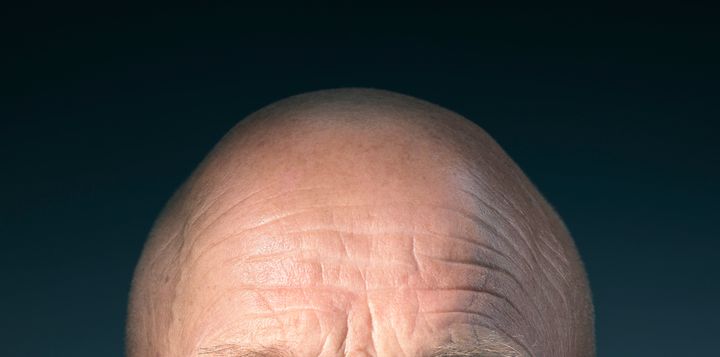Scientists may have accidentally discovered what causes baldness in a breakthrough that could eventually lead to a treatment.
The researchers from University of California San Francisco discovered that a particular type of immune cell was vital to the process of regrowing hair.

Known as T cells or Tregs the team were generally investigating the relationship between these cells and skin stem cells.
What they found surprised them. They temporarily removed the tregs from mice and then shaved them so they could study the effects.
What they found was that the hair simply didn’t grow back, suggesting a direct correlation between these unrelated immune cells and the skin cells that activate hair growth.
Michael Rosenblum, MD, PhD, an assistant professor of dermatology at UCSF and senior author on the new paper said: “This has been thought to be an entirely stem cell-dependent process, but it turns out Tregs are essential. If you knock out this one immune cell type, hair just doesn’t grow.”
While the tregs shouldn’t really have any control over hair growth, Rosenblum and his team have realised that they could be closely linked nevertheless.
“It’s as if the skin stem cells and Tregs have co-evolved, so that the Tregs not only guard the stem cells against inflammation but also take part in their regenerative work,” Rosenblum said. “Now the stem cells rely on the Tregs completely to know when it’s time to start regenerating.”
The team believe their findings could have significant implications for people who suffer from alopecia areata.
Looking at previous research they found a link between the genes that cause alopecia and the tregs.
The hope is that by studying this link further a treatment can be developed that takes advantage of the relationship between these immune cells and the stem cells with grow hair.